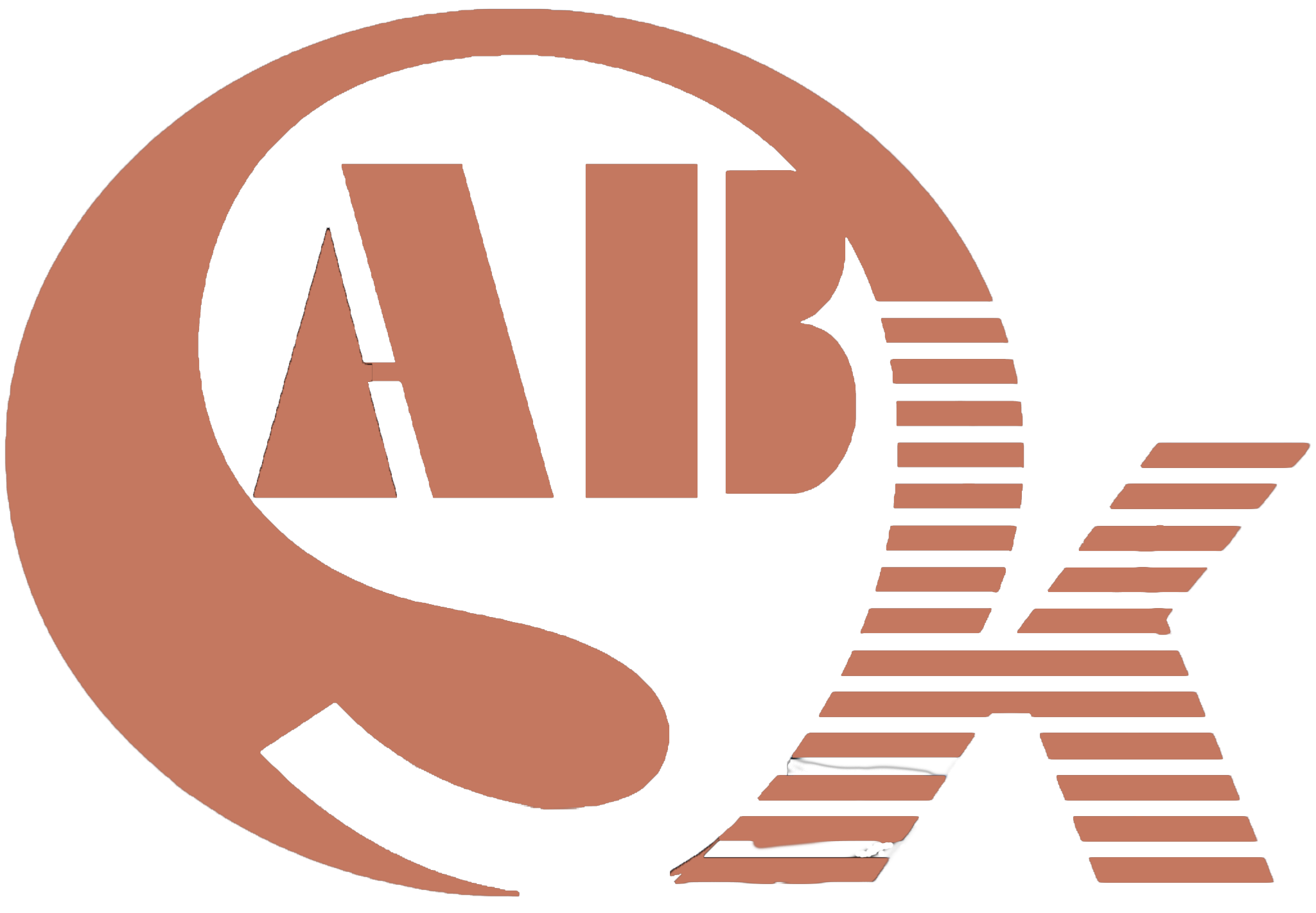Mastering the Fundamentals: Exploring the 4 Basic Welding Positions
Welding is a versatile and indispensable skill, widely used across industries for joining metals and creating strong, durable connections. To become a proficient welder, it’s essential to understand and master the basics, starting with the four fundamental welding positions. In this article, we will delve into these foundational positions, providing insights into each one and helping you build a strong foundation in welding.
1. Flat Position
The flat position is perhaps the most straightforward of the four basic welding positions. In this position, the welding joint is placed horizontally, and the welder’s job is to create a strong, uniform weld along this horizontal plane.
Key Features of the Flat Position:
- Horizontal orientation of the welding joint.
- Welder moves the welding torch or electrode holder horizontally.
Advantages of the Flat Position:
- Easier for beginners to learn.
- Well-suited for welding on horizontal surfaces.
- Higher deposition rates, making it ideal for thicker materials.
The flat position is commonly used in various welding applications, including construction, fabrication, and automotive repair. It provides an excellent starting point for those new to welding, allowing them to develop fundamental skills and control over the welding process.
2. Horizontal Position
Moving up the complexity ladder, we encounter the horizontal position. Here, the welding joint is positioned at a 45-degree angle, creating a diagonal orientation. Welding in the horizontal position requires careful control to prevent the molten metal from sagging or dripping.
Key Features of the Horizontal Position:
- Welding joint oriented at a 45-degree angle.
- Welder must maintain control to prevent weld defects.
Advantages of the Horizontal Position:
- Suitable for welding joints that cannot be placed in the flat position.
- Ideal for fillet welds on vertical surfaces.
Welders often use the horizontal position when working on joints with specific orientations, such as those found on ship hulls, pipelines, and structural steel. It’s essential to develop precise control and technique when working in the horizontal position to produce strong and reliable welds.
3. Vertical Position
The vertical position presents a new set of challenges for welders. In this position, the welding joint is oriented vertically, and the welder must deposit the molten metal against the force of gravity. This requires a steady hand and a deep understanding of welding techniques.
Key Features of the Vertical Position:
- Welding joint placed vertically.
- Welder works against gravity to deposit weld metal.
Advantages of the Vertical Position:
- Ideal for welding joints that cannot be oriented horizontally.
- Provides better penetration than flat position welding.
Welders often encounter the vertical position in applications where joints are positioned vertically, such as in structural steel construction, shipbuilding, and pipeline welding. Achieving quality welds in the vertical position requires a high level of skill and precision, making it a challenging but essential aspect of welding expertise.
4. Overhead Position
The overhead position is the most demanding of the four basic welding positions. In this scenario, the welding joint is placed overhead, and the welder must work against gravity to deposit the molten metal. Overhead welding requires exceptional control and technique.
Key Features of the Overhead Position:
- Welding joint located above the welder.
- Welder must work against gravity to deposit weld metal.
Advantages of the Overhead Position:
- Suitable for welding joints located above the welder.
- A test of a welder’s advanced skills and control.
Overhead welding is commonly encountered in situations where access to the underside of a joint is limited, such as welding overhead pipelines, ceiling structures, and certain construction applications. Due to its complexity, overhead welding often requires specialized equipment and advanced training to achieve quality results.
In conclusion, the four basic welding positions—flat, horizontal, vertical, and overhead—serve as the foundation upon which all welding skills are built. Each position presents unique challenges and opportunities, and mastering them is essential for becoming a proficient welder. Whether you’re just starting your welding journey or seeking to refine your expertise, understanding and practicing these fundamental positions will set you on the path to welding success. Remember that welding is not only a skill but also an art, and by honing your abilities in these basic positions, you’ll be well-prepared to tackle a wide range of welding projects with confidence and precision.
